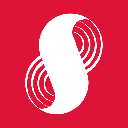-
 Bitcoin
Bitcoin $83,523.5086
0.19% -
 Ethereum
Ethereum $1,812.4637
-0.35% -
 Tether USDt
Tether USDt $0.9997
-0.01% -
 XRP
XRP $2.0714
1.26% -
 BNB
BNB $597.1799
-0.96% -
 USDC
USDC $1.0000
0.00% -
 Solana
Solana $117.3332
-1.14% -
 Dogecoin
Dogecoin $0.1653
0.22% -
 Cardano
Cardano $0.6598
1.67% -
 TRON
TRON $0.2384
1.30% -
 Toncoin
Toncoin $3.5295
-6.29% -
 UNUS SED LEO
UNUS SED LEO $9.3919
-0.36% -
 Chainlink
Chainlink $12.9924
0.15% -
 Stellar
Stellar $0.2615
-0.14% -
 Avalanche
Avalanche $18.5165
0.77% -
 Sui
Sui $2.2403
-2.65% -
 Shiba Inu
Shiba Inu $0.0...01227
0.33% -
 Hedera
Hedera $0.1633
0.24% -
 Litecoin
Litecoin $84.4347
0.79% -
 Polkadot
Polkadot $4.0746
1.71% -
 Bitcoin Cash
Bitcoin Cash $308.4069
1.35% -
 MANTRA
MANTRA $6.3375
-0.49% -
 Bitget Token
Bitget Token $4.5061
-0.56% -
 Dai
Dai $1.0000
0.00% -
 Ethena USDe
Ethena USDe $0.9995
-0.03% -
 Monero
Monero $215.5260
0.65% -
 Hyperliquid
Hyperliquid $11.7177
-1.56% -
 Uniswap
Uniswap $5.9675
-0.42% -
 Pi
Pi $0.5475
-13.02% -
 Aptos
Aptos $5.0529
-3.27%
Trend judgment methods of cryptocurrency K-line charts
K-line charts are essential for analyzing crypto price trends, showing open, close, high, and low prices, with patterns indicating market sentiment and potential movements.
Apr 02, 2025 at 01:36 pm

Understanding K-Line Charts in Cryptocurrency Trading
K-line charts are fundamental tools for analyzing cryptocurrency price movements. Each candlestick represents a specific time period (e.g., 1 hour, 1 day, 1 week), showing the opening, closing, high, and low prices. Understanding these four data points is crucial for interpreting price action and predicting potential trends. Different candlestick patterns reveal insights into market sentiment and potential future price movements. Effective use requires practice and experience in identifying reliable patterns amidst the volatility inherent in the crypto market.
Identifying Uptrends Using K-Line Charts
An uptrend signifies a sustained increase in price over time. Several key indicators on K-line charts help identify this trend. Sustained higher highs and higher lows are a primary indication. Each successive candlestick's high should be greater than the previous one, and similarly, each low should be higher than the preceding low. Bullish candlestick patterns, like engulfing patterns or morning stars, reinforce the uptrend signal. The volume should generally increase during these upward movements, indicating strong buying pressure. However, always consider the broader market context.
Identifying Downtrends Using K-Line Charts
A downtrend, conversely, showcases a consistent price decrease. Lower highs and lower lows are the hallmark of a downtrend. Each subsequent candlestick's high should be lower than the previous high, and each low should be lower than the preceding low. Bearish candlestick patterns, such as engulfing patterns or evening stars, often accompany downtrends. Decreasing volume during a downtrend can sometimes signal weakening selling pressure, potentially suggesting a trend reversal. But remember, the crypto market is volatile; a downtrend can reverse unexpectedly.
Identifying Sideways Trends (Consolidation) Using K-Line Charts
Sideways or consolidation trends show price movement within a defined range, neither decisively up nor down. Horizontal price channels are common features. The price fluctuates between a resistance level (upper boundary) and a support level (lower boundary). Volume is typically lower during consolidation periods than during strong uptrends or downtrends. Consolidation periods can precede significant price movements, either upward or downward, making them crucial to observe. Breaking through the resistance or support levels often signals a breakout, indicating a potential change in trend.
Using Moving Averages to Confirm Trends
Moving averages (MAs) are valuable tools for smoothing out price fluctuations and identifying trends. Popular MAs include the simple moving average (SMA) and the exponential moving average (EMA). A rising MA generally confirms an uptrend, while a falling MA suggests a downtrend. The crossover of different MAs (e.g., a 50-day MA crossing above a 200-day MA) can signal a potential trend change. However, MAs lag behind price movements, meaning they might not always accurately reflect very short-term changes.
Using Support and Resistance Levels
Support levels represent price points where buying pressure is strong enough to prevent further price declines. Resistance levels, conversely, are price points where selling pressure halts upward momentum. Repeated testing and bouncing off these levels confirm their significance. Breakouts above resistance or below support can signal significant trend changes. However, false breakouts (brief price movements beyond these levels followed by a reversal) are common, requiring cautious interpretation. Observing volume during these breakouts can help confirm their validity.
Identifying Trend Reversals
Trend reversals are shifts from an uptrend to a downtrend or vice versa. Several K-line chart patterns indicate potential reversals. Head and shoulders patterns are classic reversal patterns. Other indicators include significant volume changes, divergences between price and indicators (like RSI or MACD), and breakouts of established support or resistance levels. Confirming a trend reversal requires careful observation of multiple indicators and patterns. Relying on a single indicator can lead to inaccurate interpretations.
Importance of Volume Analysis
Volume analysis complements price analysis, providing crucial context. High volume during price increases confirms strong buying pressure, strengthening the uptrend signal. Conversely, high volume during price decreases indicates strong selling pressure, reinforcing the downtrend. Low volume during price movements often suggests weak conviction and can be a warning sign of a potential trend reversal. Analyzing volume alongside price action provides a more comprehensive understanding of market dynamics.
Combining Technical Indicators with K-Line Analysis
While K-line charts provide valuable visual information, combining them with other technical indicators enhances accuracy. Relative Strength Index (RSI), Moving Average Convergence Divergence (MACD), and Bollinger Bands are popular choices. These indicators offer additional perspectives on momentum, trend strength, and potential overbought or oversold conditions. Using a combination of indicators and K-line patterns helps filter out false signals and improve the reliability of trend judgments.
Risk Management and Emotional Discipline
Even with thorough analysis, cryptocurrency trading involves significant risk. Effective risk management is crucial. This includes using stop-loss orders to limit potential losses, diversifying your portfolio, and only investing what you can afford to lose. Emotional discipline is equally important; avoid impulsive trading decisions based on fear or greed. Sticking to your trading plan and managing your emotions are key to long-term success.
The Limitations of K-Line Chart Analysis
K-line chart analysis is not foolproof. Market conditions are constantly changing, influenced by various factors beyond technical analysis. News events, regulatory changes, and overall market sentiment can significantly impact price movements, making accurate predictions challenging. Always consider the broader context and avoid over-reliance on technical analysis alone. Remember that past performance is not indicative of future results.
Frequently Asked Questions
Q: What are the most reliable candlestick patterns for identifying trends?
A: Engulfing patterns, morning/evening stars, and head and shoulders patterns are commonly used, but their reliability depends on context and confirmation from other indicators.
Q: How do I determine the appropriate timeframe for K-line analysis?
A: The optimal timeframe depends on your trading strategy. Short-term traders might use 1-hour or 5-minute charts, while long-term investors might prefer daily or weekly charts.
Q: Can K-line charts be used for all cryptocurrencies?
A: Yes, K-line charts are applicable to all cryptocurrencies, though the specific patterns and trends may vary depending on the individual cryptocurrency's characteristics and market dynamics.
Q: What is the difference between SMA and EMA?
A: SMA gives equal weight to all data points within the period, while EMA gives more weight to recent data points, making it more responsive to recent price changes.
Q: How can I improve my K-line chart reading skills?
A: Practice is key. Start by analyzing historical charts, experimenting with different indicators, and gradually refining your interpretation skills. Consider using demo accounts to test your strategies before using real funds.
Disclaimer:info@kdj.com
The information provided is not trading advice. kdj.com does not assume any responsibility for any investments made based on the information provided in this article. Cryptocurrencies are highly volatile and it is highly recommended that you invest with caution after thorough research!
If you believe that the content used on this website infringes your copyright, please contact us immediately (info@kdj.com) and we will delete it promptly.
- VanEck Files for the First-Ever U.S.-Based Binance Coin (BNB) ETF, Opening New Avenues for Cryptocurrency Investment
- 2025-04-04 16:10:12
- Fil Dor Might Not Be the First Name Jumping Out of the Racecard When You Scan the 2025 Grand National Entries
- 2025-04-04 16:10:12
- Kaanch Network ($KNCH) — The Next Bitcoin or Ethereum?
- 2025-04-04 16:05:11
- Pepe (PEPE) Price Plunges Over 6% to Trade at $0.000006717 as Investors Decrease Their Exposure to the Meme Coin
- 2025-04-04 16:05:11
- Ripple Labs Settles with the SEC for $50M, But XRP's Price Remains Stagnant, Puzzling Investors.
- 2025-04-04 16:00:11
- There are four Coin Master links that offer rewards
- 2025-04-04 16:00:11
Related knowledge
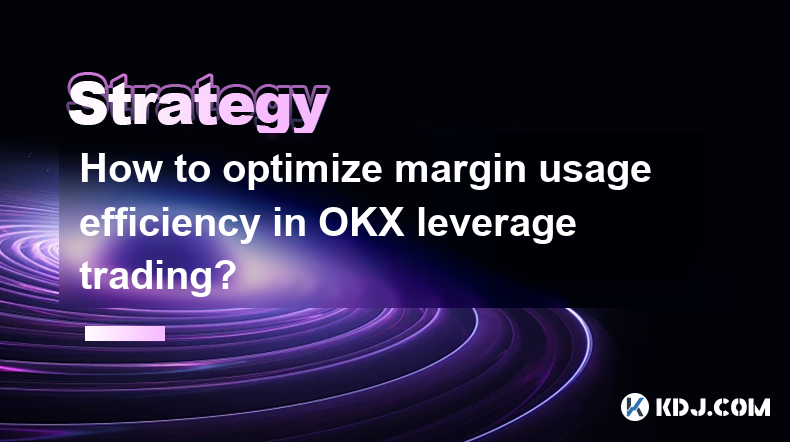
How to optimize margin usage efficiency in OKX leverage trading?
Apr 04,2025 at 03:21pm
Margin usage efficiency is a critical aspect of leverage trading on platforms like OKX, where traders aim to maximize their returns while managing risk. Understanding how to optimize margin usage can significantly enhance your trading performance. This article will delve into various strategies and techniques to help you make the most out of your margin...
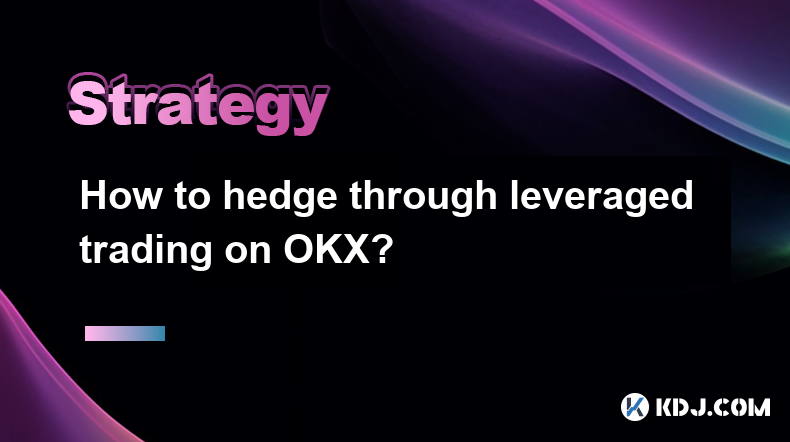
How to hedge through leveraged trading on OKX?
Apr 04,2025 at 01:42pm
Hedging through leveraged trading on OKX can be an effective strategy for managing risk in the volatile cryptocurrency market. This article will guide you through the process of setting up and executing a hedging strategy using OKX's leveraged trading features. We will cover the basics of leveraged trading, how to set up a hedge, and the steps to execut...
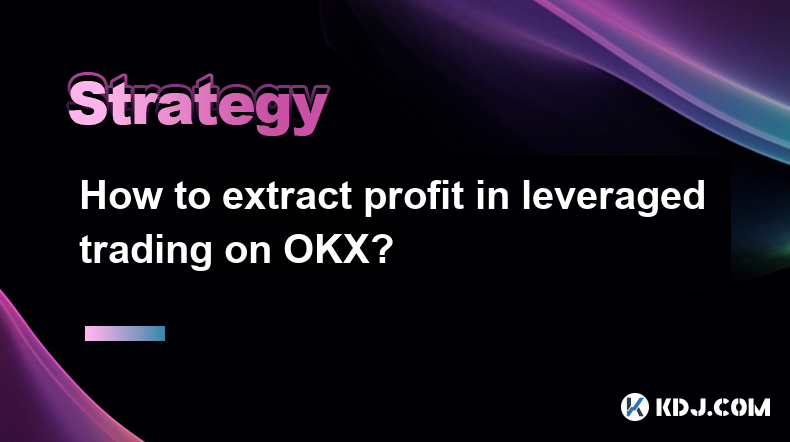
How to extract profit in leveraged trading on OKX?
Apr 04,2025 at 05:42am
Leveraged trading on OKX can be a powerful tool for traders looking to amplify their potential profits. However, it also comes with increased risk, making it essential to understand how to effectively extract profit from these trades. This article will guide you through the process of leveraging OKX's platform to maximize your gains while managing the i...
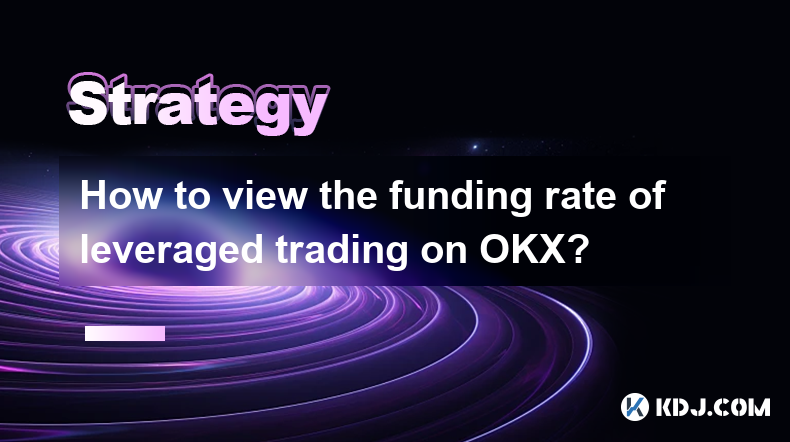
How to view the funding rate of leveraged trading on OKX?
Apr 04,2025 at 07:07am
Understanding the funding rate is crucial for anyone involved in leveraged trading on OKX. The funding rate is a mechanism used in perpetual futures contracts to ensure that the market price of the futures remains closely aligned with the spot price of the underlying asset. This article will guide you through the process of viewing the funding rate on O...

How to use the three crows candlestick combination to determine the market top?
Apr 03,2025 at 03:18pm
Three Black Crows are a classic K-line combination form that is often used to judge the top of the market in technical analysis. This pattern consists of three consecutive negative lines, the opening price of each negative line is within the entity of the previous K-line, and the closing price gradually decreases. This pattern usually appears at the end...
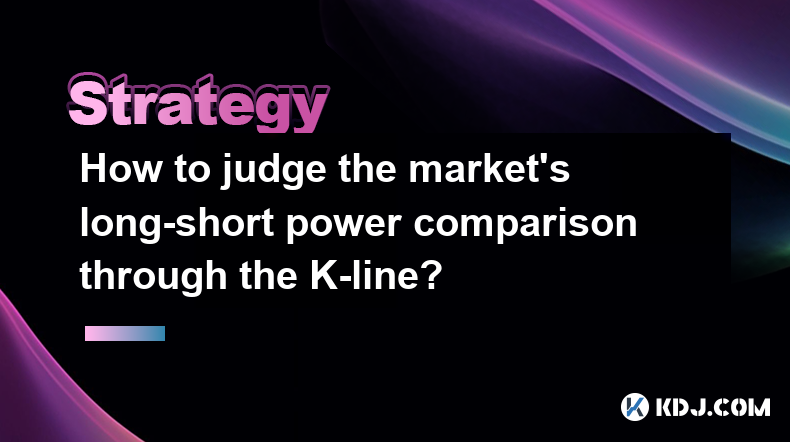
How to judge the market's long-short power comparison through the K-line?
Apr 03,2025 at 02:39pm
Judging the market's long-short power comparison through the K-line is an important skill in technical analysis. The K-line chart can not only show price changes, but also reflect the emotions and power comparison of market participants. This article will introduce in detail how to judge the market's long-short power comparison through K-lines. ...

How to optimize margin usage efficiency in OKX leverage trading?
Apr 04,2025 at 03:21pm
Margin usage efficiency is a critical aspect of leverage trading on platforms like OKX, where traders aim to maximize their returns while managing risk. Understanding how to optimize margin usage can significantly enhance your trading performance. This article will delve into various strategies and techniques to help you make the most out of your margin...

How to hedge through leveraged trading on OKX?
Apr 04,2025 at 01:42pm
Hedging through leveraged trading on OKX can be an effective strategy for managing risk in the volatile cryptocurrency market. This article will guide you through the process of setting up and executing a hedging strategy using OKX's leveraged trading features. We will cover the basics of leveraged trading, how to set up a hedge, and the steps to execut...

How to extract profit in leveraged trading on OKX?
Apr 04,2025 at 05:42am
Leveraged trading on OKX can be a powerful tool for traders looking to amplify their potential profits. However, it also comes with increased risk, making it essential to understand how to effectively extract profit from these trades. This article will guide you through the process of leveraging OKX's platform to maximize your gains while managing the i...

How to view the funding rate of leveraged trading on OKX?
Apr 04,2025 at 07:07am
Understanding the funding rate is crucial for anyone involved in leveraged trading on OKX. The funding rate is a mechanism used in perpetual futures contracts to ensure that the market price of the futures remains closely aligned with the spot price of the underlying asset. This article will guide you through the process of viewing the funding rate on O...

How to use the three crows candlestick combination to determine the market top?
Apr 03,2025 at 03:18pm
Three Black Crows are a classic K-line combination form that is often used to judge the top of the market in technical analysis. This pattern consists of three consecutive negative lines, the opening price of each negative line is within the entity of the previous K-line, and the closing price gradually decreases. This pattern usually appears at the end...

How to judge the market's long-short power comparison through the K-line?
Apr 03,2025 at 02:39pm
Judging the market's long-short power comparison through the K-line is an important skill in technical analysis. The K-line chart can not only show price changes, but also reflect the emotions and power comparison of market participants. This article will introduce in detail how to judge the market's long-short power comparison through K-lines. ...
See all articles

















































































